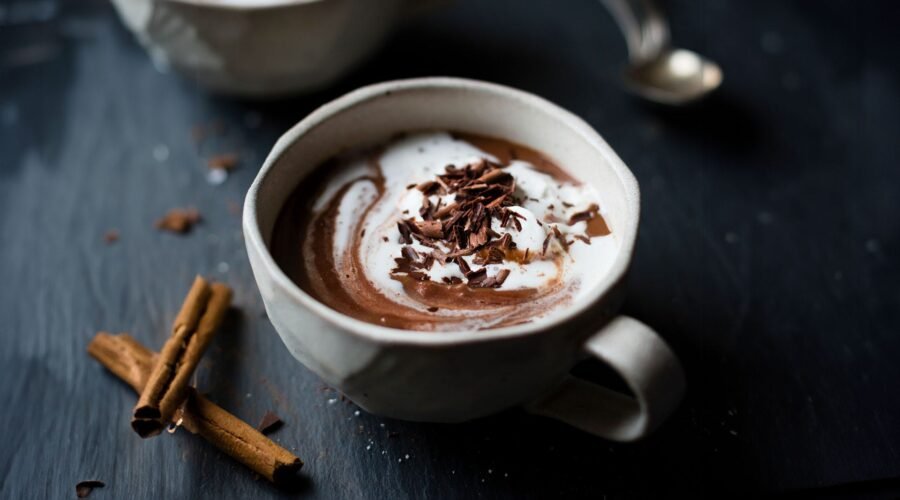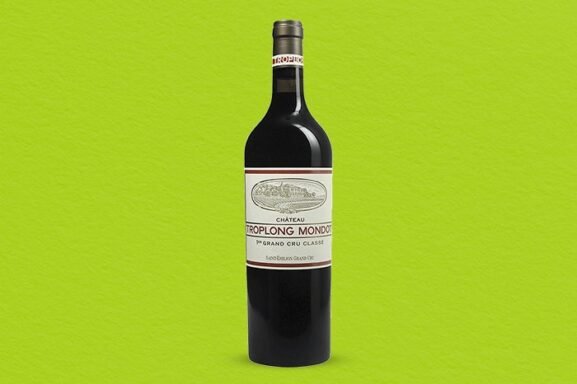Recipes: Craving Hot Chocolate? Try Oaxacan Champuraddo
Thick, hot Mexican chocolate sounds good, right? So, why hasn’t champurrado—literally, “thick, hot Mexican chocolate” in Spanish—gained more traction in the U.S.? Here’s an exploration of the drink and why it deserves more attention north of the border.
What Is Champuraddo?
Champurrado is a type of atole, a corn-thickened beverage that is usually sweet, but also sometimes savory. Generally speaking, when chocolate is added, it becomes champurrado.
Regional variations span Mexico, largely differentiated by spicing, thickness and whether or not the corn is nixtamalized (as with tortilla dough, a k a masa). In most regions, the ingredients are—or should be, traditionally—only corn, water and cacao. Sweet versions are dosed with piloncillo, a type of unrefined cane sugar sold in hard cones.
When Is It For?
Although, as previously noted, Champurrado is made and sold in every Mexican state, it’s most closely associated with Oaxaca, where chocolate is a daily ritual for most.
“Oaxaca is the table chocolate capital of Mexico, meaning people consume it on a daily basis,” says Susana Trilling, a Oaxaca-based cookbook author and scholar of Oaxacan cuisine. “You might drink champurrado at home in the morning, in the market while shopping or buy atole blanco from the señoras who sell it and add chocolate at home, maybe at night before bed.”
For many Mexicans, champurrado is synonymous with comfort food, making it a perfect choice for the holidays and the winter season in general.
“Champurrado is the atole that speaks to me most on a personal level,” says Danny Mena, a Mexico City-born chef and partner at Brooklyn’s La Lonchería and Conejo in Richmond, Virginia. “It reminds me of visiting my grandparents in the revolutionary town of Cuautla, drinking it in the zócalo [central square] early in the morning. I also remember always drinking it with pan de muerto for Día de los Muertos.”
How to Make It at Home
While in Oaxaca, champurrado is not made with nixtamalized corn, most other regions use masa. The easy availability of masa harina in the U.S. means making it is almost as easy as making American-style hot chocolate.
What chocolate you choose is important; Mena uses the Tamoa brand, and Taza is another good-quality Mexican chocolate that is widely available. The Abuelita or Ibarra brands are ubiquitous and have their fans, but they are already heavily sweetened, include other additives and are not recommended here. However, if using them, don’t add any sugar and instead add to taste later. (Piloncillo can be grated with a microplane. Dark brown sugar is an acceptable substitute.)
Champurrado is traditionally served with soft Mexican breads like pan de muerto, pan de yema or conchas. If you don’t have access to those, Trilling suggests an egg bread like challah.
Champurrado
Recipe courtesy Danny Mena, Executive Chef and Partner at La Lonchería in Brooklyn, NY and Conejo in Richmond, VA
The milk here isn’t traditional, but Mena likes it for the velvety texture it brings. For a spirited drink, add rum or bourbon to each serving to taste.
- 5 cups water
- 2 ounces piloncillo (unrefined cane sugar) or dark brown sugar
- 1 stick of canela (Mexican cinnamon) or cinnamon
- 1 cup masa fresca*
- 5 ounces good-quality Mexican dark chocolate, such as Tamoa or Taza
- 1 cup whole milk, optional
*If you can’t get fresh masa, use masa harina para tortillas (corn flour for tortillas, found in the flour section of the supermarket) and prepare dough according to package directions.
Add water, piloncillo and canela to a pot over medium heat and cook until piloncillo is fully dissolved. Remove canela.
In another pot, add masa and two cups of piloncillo water and whisk to combine. Place over medium heat and bring to a simmer, whisking constantly. Add remaining water, a cup at a time, and keep whisking constantly so there are no lumps and it doesn’t stick to the bottom.
Add chocolate and continue cooking for at least 10 minutes, ensuring that the chocolate has fully dissolved. The texture should be akin to thick cream; if desired, add more water to thin, or cook longer to thicken. Add milk, if using, and cook for another 3 minutes. If you have a molinillo, use it to froth well before serving (an immersion blender works well too). Serves 6.
Published: November 10, 2023


